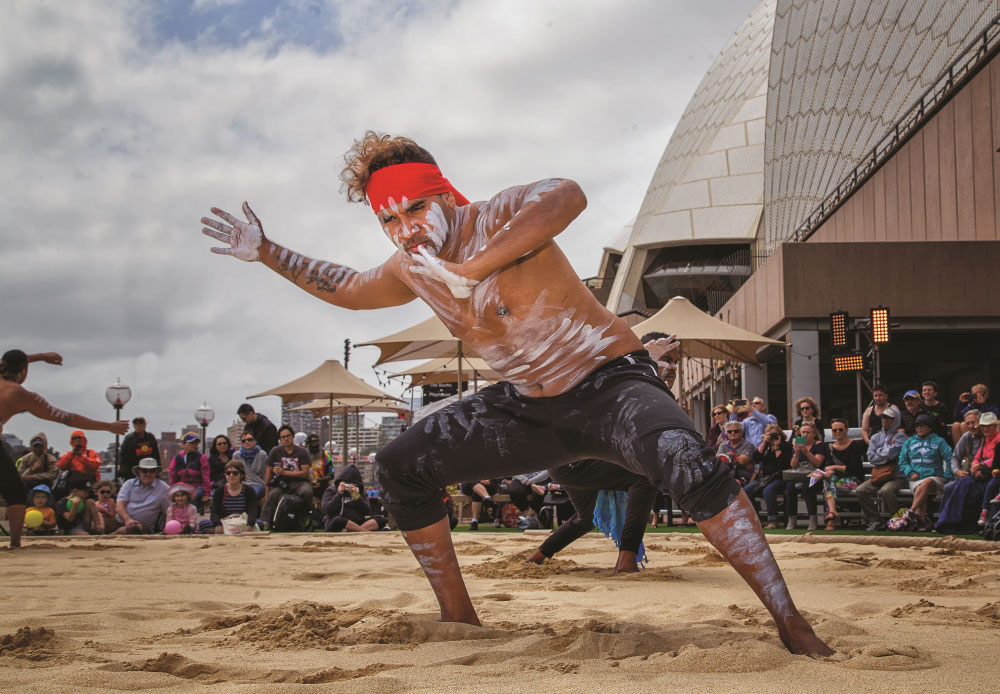The Art of Storytelling
Wednesday, August 9, 2017
"After nourishment, shelter and companionship, stories are the thing we need most in the world". - Philip Pullman
Storytelling is a fascinating, ancient art. The origins of storytelling are many thousands of years old, spanning many cultures and generations.
However and wherever stories are told, whether snuggled up with a book at bedtime, around a campfire or even across the table at Christmas lunch, there is one enduring reason for storytelling - connection and communication.
Civilisations have always been drawn together and enriched by the art of storytelling. Before the development of the written word, stories were told through drawing, or spoken or sung, along with dance and movement. Storytelling was a critical part of sharing cultural traditions and beliefs and for many cultures, still remains vital in keeping history alive.
Even if a story is the same, each culture will tell it differently with their own genres and cultural rules. In the rich diversity of storytelling traditions, each has a powerful way of communicating.

For the Indigenous people of Australia, storytelling is not only about entertaining people, but vital in educating children about life - how they should behave and why, or how to find certain foods. Stories explain spirituality, heritage and laws. Dreaming stories explain creation; how the land was formed, the creation of plants, animals and humans; ancestral beings and places and boundaries of tribal lands. Stories are spoken and enriched through dance and song.
In Tonga, storytelling through song and signing relates the Tongan way of life - landscapes, the ocean and wildlife. Many families in Tonga sleep together, and grandparents share stories at bedtime. Storytelling is also a vital way to share Tonga’s strong Christian faith. Some songs and hymns are generations old and steeped in tradition.
In China, storytellers use traditional shadow puppetry - which began in the Han Dynasty in 206BC - to tell folk stories, share moral lessons and local customs. Most often seen at celebrations such as weddings or religious festivals, the puppets are silhouettes shaped from leather or paper, manipulated on long rods. Puppeteers often sing falsetto or are accompanied by singers and musicians.
In India, dance has always been a critical form of storytelling. Bharatanatyam, performed by temple dancers, is a form of prayer but also The art of storytelling tells the stories of specific deities, such as Krishna or Shiva. It is unique to different temples and spiritual days.
Our fascination for stories is never ending, as is our need for connecting with others. Storytelling enables us to step back in time or into another person’s world; understand our communities, our history and culture.
Storytelling encourages questions, challenges thinking and is particularly important for our children’s development and learning as it:
- Helps development and social skills
- Builds literacy skills, awareness of letter sounds and how language works
- Develops an appreciation of how song and movement enriches storytelling
- Encourages a greater appreciation of different cultures and ways of communicating and connecting.
If you have ever taken your children to your local library or Playgroup for story time, you’ll know there’s something very special about gathering together, watching your child’s face light up and change as the storyteller uses voice, movement and expression to draw their audience into a story.
Just by looking at and talking about books with your child at home or at Playgroup, you can become a great storyteller and role model for their early literacy.
This article was originally published in State of Play, Issue Three, March 2017
